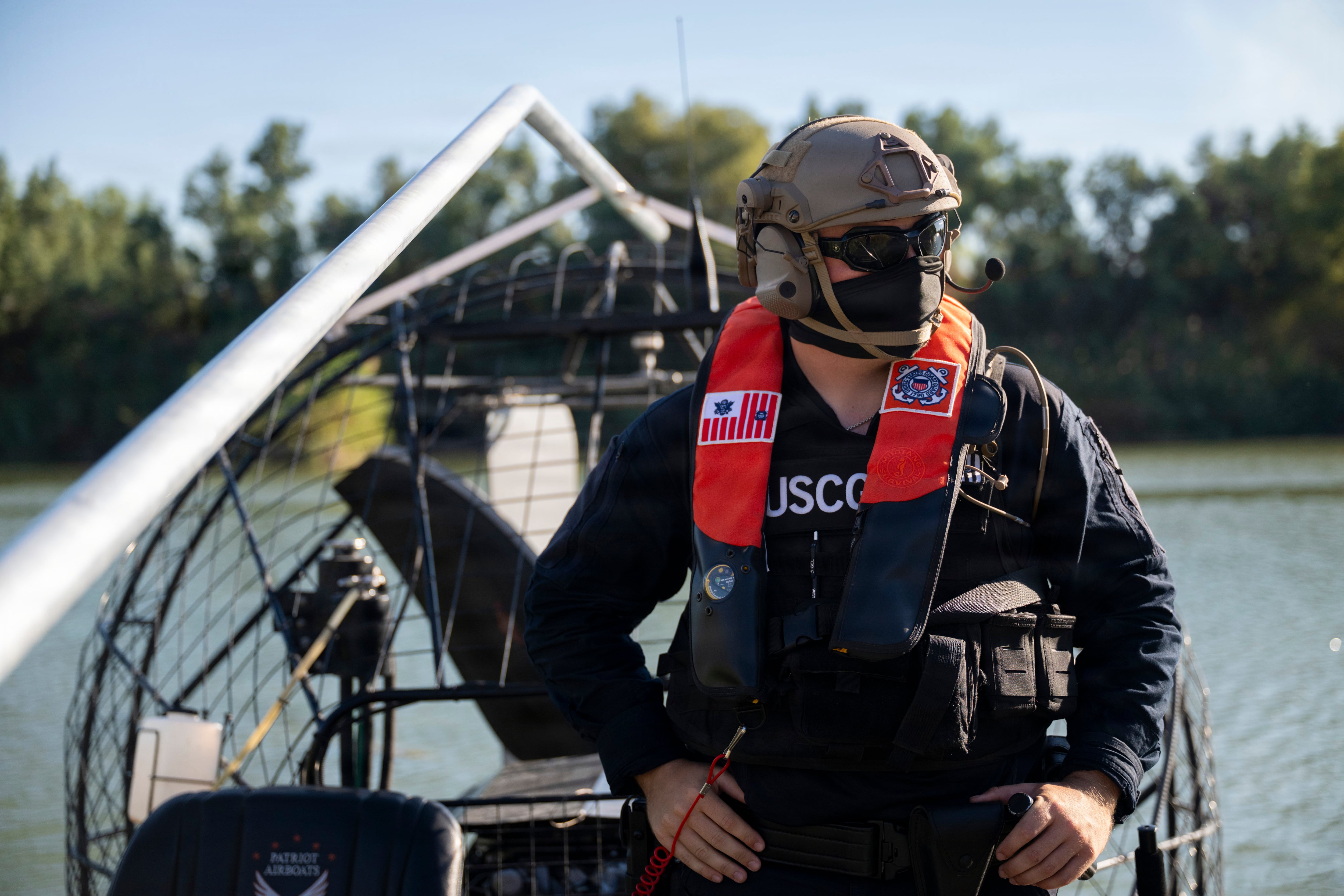President Trump says the Navy should abandon longstanding plans for electro-magnetic catapults for carrier aviation and return to the traditional steam-powered launch and recovery system, according to the president's interview with TIME.
In the interview, Trump was asked about the future of Ford-class carrier technology and he specifically addressed perceived differences between the antiquated steam-powered system and the Ford's new Electromagnetic Aircraft Launch System, also known as EMALS.
"You know the catapult is quite important," said Trump. "So I said what is this? Sir, this is our digital catapult system. He said well, we're going to this because we wanted to keep up with modern [technology]. I said, 'You don't use steam anymore for catapult?' 'No sir.' I said, 'Ah, how is it working?' 'Sir, not good. Not good. Doesn't have the power. You know the steam is just brutal. You see that sucker going and steam's going all over the place, there's planes thrown in the air.'"
The president's attitude became increasingly skeptical when discussing the switch to a new launch technology.
"It sounded bad to me. Digital. They have digital. What is digital? And it's very complicated. You have to be Albert Einstein to figure it out. And I said — and now they want to buy more aircraft carriers. I said what system are you going to be — 'Sir, we're staying with digital.' I said no you're not. You going to goddamned steam, the digital costs hundreds of millions of dollars more money and it's no good."
The system replacing the steam-powered launch and recovery system, however, isn't digital, but electromagnetic. For years the Navy has struggled to get the new technology up and running.
The EMALS technology, installed for the first time on the Ford, aims to improve efficiency and substantially reduce cost of maintenance, a vast improvement over the fund-draining, maintenance-intensive steam catapult technology, which is less compatible with modern propulsion systems.
The switch to the EMALS, as well as other technological advancements, is estimated to save the Navy $4 billion in maintenance costs over the course of the ship's 50-year lifetime, Navy officials say.
The new Ford-class carriers are built with two newly-designed reactors that can produce 250 percent more electrical capacity than the carriers of previous generations.
The 90,000-ton carrier Ford is widely considered the most technologically advanced — and most expensive — warship in history, coming in with a cost of $12.9 billion. The ship set sail for the first time in April.
J.D. Simkins is the executive editor of Military Times and Defense News, and a Marine Corps veteran of the Iraq War.





